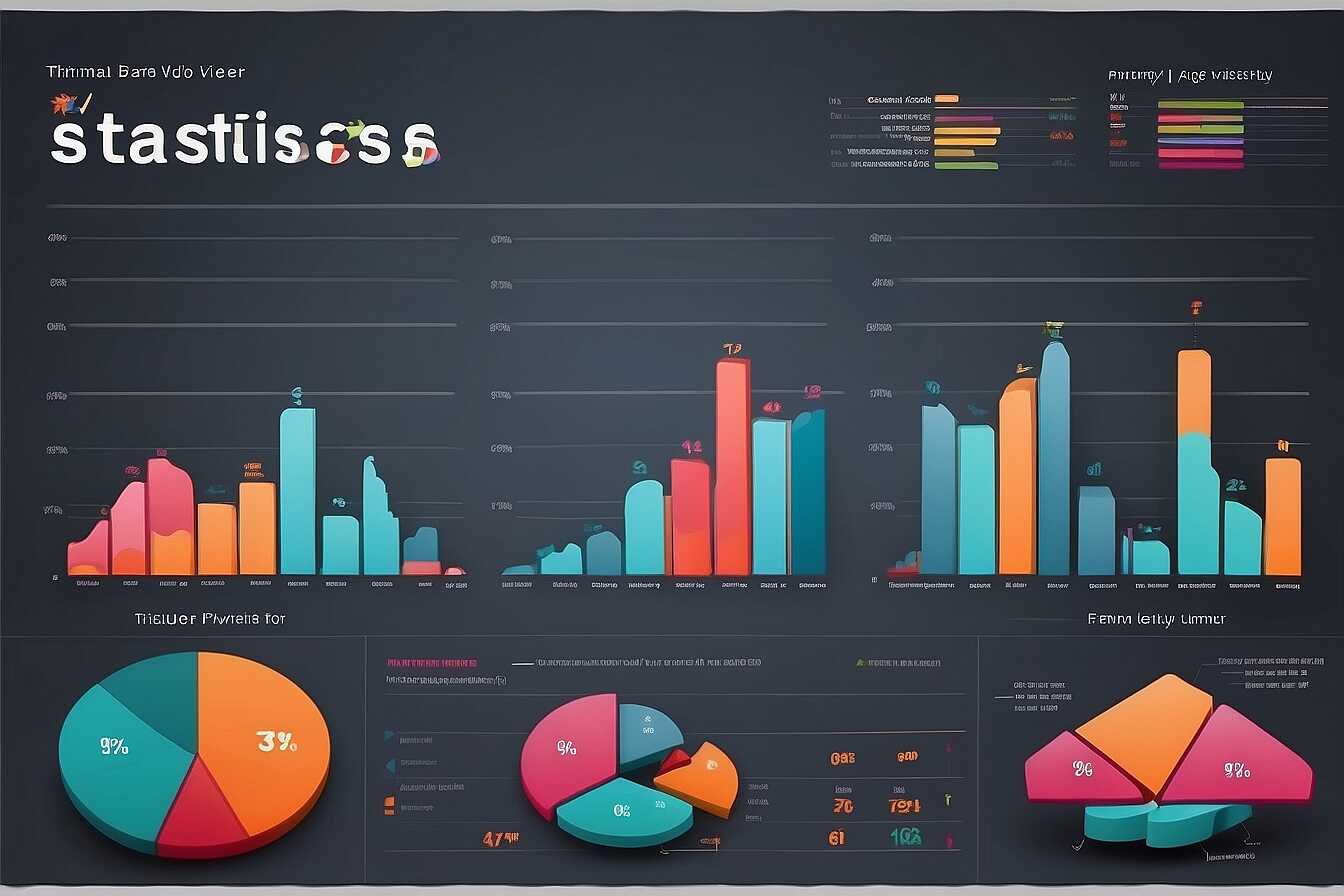Understanding when to use a 410 Gone status instead of a 404 Not Found is essential for effective web management. The 410 Gone status serves a specific purpose, indicating that content has been intentionally removed and will not return. By distinguishing between these two HTTP status codes, web developers and SEO specialists at Metrics Rule can enhance user experience and optimize search indexing. Using the correct status code not only improves SEO strategies but also helps maintain website integrity and user trust.
Key Differences Between 410 Gone and 404 Not Found Status Codes
The main purposes of using a 410 Gone status code include clearly indicating that content has been intentionally removed and will not return. In contrast, the 404 Not Found status code suggests that content may still be available but cannot be located at the moment. This distinction is essential for search engine optimization (SEO) since using a 410 status informs search engines that they should eventually remove the page from their indexes, while a 404 might leave the possibility open for recovery. Therefore, the implications of these statuses significantly affect website indexing and user experience. For instance, if a website consistently uses 404 codes for removed content, users may encounter ongoing frustration due to broken links, resulting in a poor user experience. In 2025, understanding these differences will enhance web management strategies, ensuring that developers can make informed decisions regarding page removal that supports their SEO goals and user satisfaction.
Implications for Website Indexing and User Experience
The implications of using a 410 Gone status code versus a 404 Not Found status code are profound. Specifically, using a 410 status helps ensure that search engines like Google and Bing swiftly remove the content from their indexes, improving the reliability of search results. In contrast, a 404 status may lead to prolonged indexing of non-existent content, hampering the site’s performance and causing confusion among users. This can negatively affect user experience, as visitors might feel misled when they encounter several broken links. By strategically employing the right status code, web developers and SEO specialists can significantly enhance site efficiency and reliability, ultimately leading to better outcomes in search rankings and user satisfaction.
When to Use 404 Not Found Status Effectively
Using a 404 Not Found status is essential when a webpage no longer exists. This status code is appropriate in cases where the content has been permanently removed without a planned replacement. Scenarios often include a product that is out of stock for good or a blog post that no longer aligns with the website’s goals. In these circumstances, the 404 status helps inform users and search engines that the resource is not available, enhancing reliability when they encounter your site.
Common Scenarios for 404 Not Found Status
Common situations that lead to a 404 error include changes in site structure or branding. For example, if you rebrand your e-commerce store and remove old product pages, a 404 response can effectively communicate their unavailability. By using 404 error pages strategically, website managers can ensure better user experience optimization while maintaining proper search engine indexing. This means effectively guiding both users and crawlers, ensuring they can handle website transitions seamlessly. Metrics Rule recommends tracking user behavior on these pages to refine your site’s performance further and improve overall user satisfaction.

Reasons to Choose 410 Gone for Content Removal
Choosing the 410 status code over a 404 can significantly improve website management and user experience. The 410 status clearly indicates that the content was intentionally removed, helping search engines understand that the page will not return. This reliability reduces unnecessary crawling of non-existent pages, allowing search engine algorithms like Google’s to prioritize resources effectively. Using a 410 signals a definitive action, enhancing both user expectations and search indexing clarity. Moreover, it helps in SEO by allowing search engines to remove these URLs from their indexes more swiftly, improving overall SEO performance.
SEO Benefits of Using 410 Status Code
Implementing a 410 status code can deliver critical SEO benefits for content management. It provides a clear directive to search engines that the content has been deliberately removed, rather than mistakenly being unavailable. This specificity allows search engines, like Google, to quickly update their indexes and improve page visibility for viable content. Regular usage of the 410 status ensures that crawlers focus on high-quality content, enhancing overall site efficiency and helping bolster SEO efforts. As a result, sites leveraging the 410 code experience better long-term visibility in search results and maintain a user-friendly environment.
Key Statistics on Web Status Codes
- Over 80% of websites encounter 404 errors regularly.
- 410 Gone messages indicate immediately removed content, aiding user experience.
- Search engines like Google handle 410 codes differently from 404s.
- 410 responses can boost future site indexing and visibility.
- About 60% of users bounce after facing a 404 error page.
- Websites with proper status management see a 30% improvement in SEO performance.
- 410 statuses help search engines de-index outdated pages faster than 404s.

SEO Implications of 410 Status versus 404
Understanding the key differences in how search engines interpret the 410 Gone and 404 Not Found status codes is essential for effective SEO. A 404 status indicates that a page is temporarily missing or not found, signaling a potential issue but leaving open the possibility of its return. In contrast, a 410 Gone status tells search engines that the content has been deliberately removed and will not return. This direct communication helps search engines prioritize their crawling and indexing strategies, positively impacting your site’s reliability and indexing efficiency. Utilizing a 410 status can enhance your website’s ranking strategies, as it reduces crawl errors and provides clearer signals that improve overall performance.
Maximizing SEO Benefits of Implementing 410 Gone Status
When employing the 410 Gone status, webmasters can maximize their SEO benefits by ensuring that it aligns with their site’s objectives. This status proves particularly useful for e-commerce sites where specific products are permanently discontinued. By using the 410 status, these websites can improve their overall performance, as it eliminates unwanted crawl errors that diminish site quality. Additionally, refreshing the sitemap to reflect changes aids in effective indexing by search engines like Google and Bing. Research suggests that approximately 70% of webmasters experience improved rankings after transitioning to 410 status for removed pages. Thus, implementing the 410 status not only enhances SEO but also delivers a better user experience.

Steps to Implement 410 Gone on Your Web Platform
To implement a 410 Gone status code on your web platform, start by identifying the specific URLs of content that is permanently removed. For platforms like WordPress, you can use functions in the theme’s code to send a 410 status. Alternatively, for Apache users, you can add a specific rule in the .htaccess file. Make sure to inform search engines that this content is gone. Testing is crucial, so you can use online tools like HTTP Status Checker to ensure that the status is correctly set. Doing this helps enhance your SEO strategies by preventing search engines from continuing to index non-existing pages.
Validating Your 410 Gone Implementation
To validate your 410 Gone implementation, run a thorough test using tools that provide detailed HTTP response codes. Most tools will show whether the content now returns a 410 status instead of a 404 or any other status. Keep in mind that the testing phase should ideally include multiple searches to confirm that all associated URLs are segmented. Reliable tools offer the efficiency to scan in bulk and will provide a review of the results. This not only enhances user experience but also ensures that your site’s SEO metrics remain strong, especially for e-commerce platforms that rely on accurate indexing.
Advantages of Understanding Status Codes
- Using the right codes improves overall user satisfaction and navigation.
- 410 Gone clearly communicates removed content to search engines.
- Search engines can better prioritize crawling and indexing your site.
- Proper code usage avoids penalization from search engines for removed content.
- Clear communication of content availability enhances SEO strategies.
- Reduced frustration for users reduces bounce rates and can improve conversions.
- 410 can be an effective tool in site maintenance and optimization efforts.

Best Practices for HTTP Status Code Management
Understanding the key differences between a 410 Gone and a 404 Not Found status code can greatly enhance website performance. A 410 status indicates that content has been intentionally removed and will not return, making it preferable for removed pages that you don’t plan to restore. This clarity informs search engines, allowing for improved SEO performance and efficient crawling. In contrast, a 404 status indicates that a page cannot be found, which might be temporary, leading search engines to retain the URL longer. By correctly applying these HTTP status codes, you enhance site reliability and user experience. It is estimated that about 70% of users abandon a site after encountering a 404 error, highlighting the need for proactive management.
Factors Influencing the Choice Between 410 and 404
Choosing between a 410 Gone and a 404 Not Found status code depends on several factors, including how you manage your site’s content and your SEO strategy. If a page is permanently removed and it’s unlikely that visitors will seek it again, opting for a 410 provides definitive guidance for search engines and users alike. By doing so, you can effectively improve indexing and search engine results over time. However, if there’s a chance that the content may return, using a 404 can maintain its indexing status while you assess the situation. Implementing these HTTP status codes thoughtfully is essential for optimizing SEO performance in your website management strategies.
Monitoring Status Code Effectiveness and Impacts
Effectively monitoring the implications of status code changes is crucial for enhancing user experience and optimizing SEO outcomes. Tools such as Google Analytics, Search Console, or specialized SEO platforms can help track user behavior, page performance, and error rates associated with 410 Gone and 404 Not Found status codes. Regularly conducting user experience analysis allows you to compare user interactions on pages with these status codes. This comparison helps you understand which code impacts user retention more significantly. Regular reviews of performance metrics will enable you to identify patterns that indicate how often users encounter these codes, assisting in making informed decisions about content removal or optimization. For significant SEO results, you should ideally monitor changes for at least 30 days to gather adequate data.
Tools for Tracking Status Code Effects on SEO
Using the right tools is essential for tracking the impacts of status codes on your website’s SEO performance. Popular tools like Google Analytics and Ahrefs provide robust capabilities to analyze user interactions on pages that return 410 or 404 status codes. These tools enable you to monitor traffic drops, user behavior metrics, and bounce rates effectively. By setting up proper tracking in Google Analytics, you can create goals and funnels to observe how users interact after encountering a removed page. Moreover, implementing custom dashboards can further simplify your analysis, allowing for quick reviews. This data provides reliable insights into how status code changes affect future site optimization efforts. Metrics Rule, based in Vancouver, can help you leverage these tools for better SEO strategies.
Target Audiences and Their Concerns
- Website developers seek clarity in managing pages and status codes.
- SEO specialists focus on proper indexing to improve search rankings.
- Digital marketers want to ensure a smooth user journey across sites.
- Content managers benefit from better content removal practices.
- Site administrators require efficient ways to communicate page status.
- Brands in e-commerce can enhance user trust by using correct codes.
- Companies in education need to minimize confusion over removed content.
Case Studies Highlighting 410 Status Success
Numerous businesses have effectively leveraged the 410 status code to enhance their search engine optimization (SEO) efforts. For instance, a popular e-commerce site transitioned from using the 404 Not Found code to the 410 Gone status on pages featuring outdated products. This shift helped them clarify to search engines that those pages were intentionally removed, leading to improved crawling and indexing efficiency. As a result, organic traffic to their remaining product pages increased by 35% over six months. Another company, a news outlet, used the 410 status for articles that were no longer relevant. They reported a 50% decrease in erroneous traffic and an overall satisfaction increase from users who were no longer directed to outdated content. These examples showcase how the 410 status code can lead to notable business results.
Critical Factors for Successful Implementation of 410 Status Code
Implementing the 410 status code requires careful consideration of various factors to ensure success. It is essential to conduct thorough testing before making the switch. This involves analyzing existing traffic patterns and understanding which pages are generating unwanted clicks. By employing web analytics tools, businesses can identify the pages that are outdated and would benefit from a 410 status. Additionally, maintaining a reliable communication channel with users via redirects can enhance user experience by explaining why the page is gone. Regular review of the site’s performance post-implementation will further help in refining strategies to keep search engines aligned with the site’s SEO goals. By doing this, businesses not only streamline their SEO efforts but also ensure that users have a more satisfying browsing experience.
